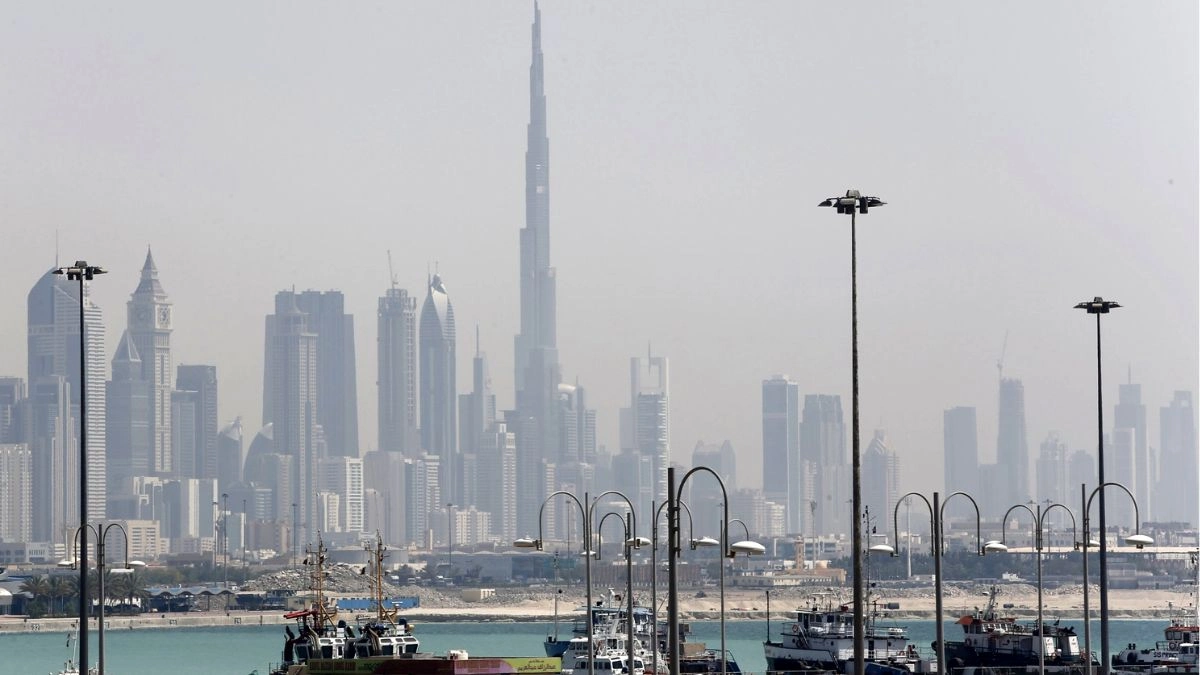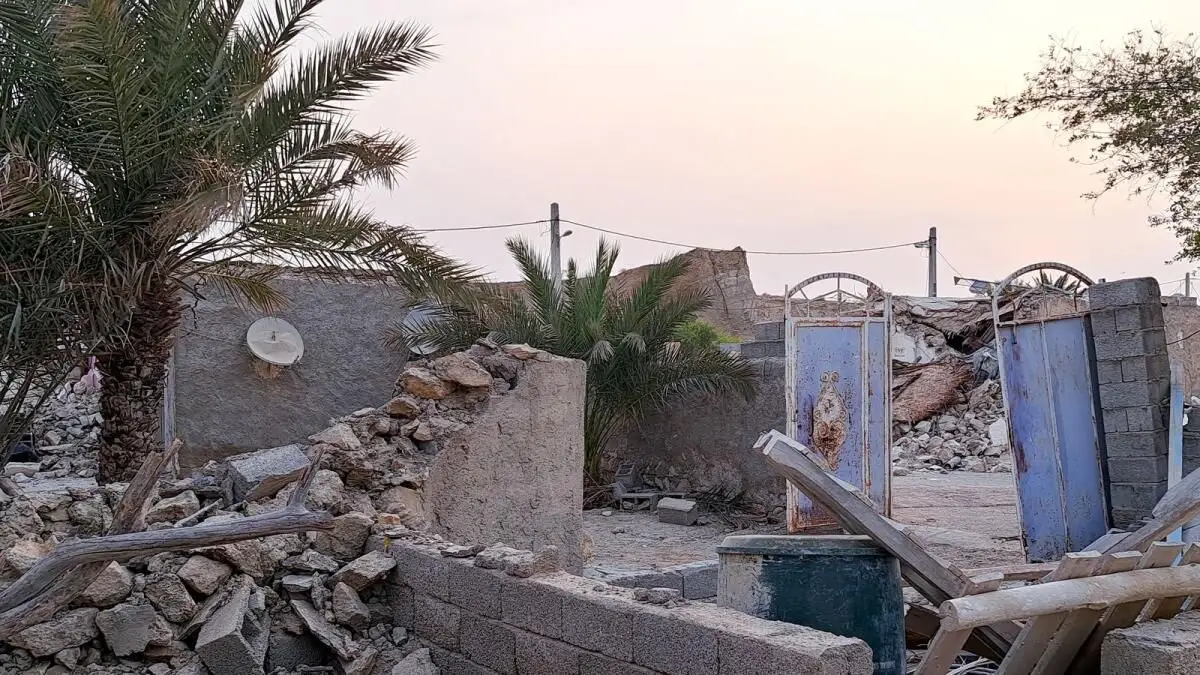News
1.9 Magnitude Earthquake Recorded In UAE, No Damage Reported

The National Seismological Network of the National Center of Meteorology recorded a 1.9 magnitude earthquake on the Richter scale off the coast of Dibba Al-Fujairah on Thursday at 20:03 UAE time. The earthquake was felt in the area but had no significant impact on the state.
According to authorities, no structures or properties were damaged as a result of the earthquake. The National Centre of Meteorology (NCM) issued a statement regarding the earthquake, confirming that it was a 1.9 magnitude earthquake off the coast of Dibba Al Fujairah.
The NCM also stated that, while the earthquake was felt by residents in the area, it had no impact on the UAE as a whole.
Seismic Activity in the UAE: Understanding the Threat and Protecting Against It
It is critical to stay informed about seismic activity and to take the necessary precautions in the event of an emergency. While this earthquake did not cause any significant damage or impact, it does serve as a reminder of the region’s seismic potential.
The United Arab Emirates is located in the Alpine-Himalayan belt, which is known for its seismic activity. The collision of the African and Arabian tectonic plates with the Eurasian plate causes frequent earthquakes in this region.

While the UAE may not experience earthquakes as frequently as some other regions, it is not immune to them.
UAE is not located on a major fault line, it is still susceptible to earthquakes due to its proximity to the Zagros Fold-Thrust Belt, a region of tectonic activity that extends from Turkey to Oman.
UAE has previously experienced a number of earthquakes, though they were generally of low magnitude and did not cause significant damage. For example, in 2002, a 5.5 magnitude earthquake struck the UAE, causing some buildings to shake and causing minor damage to some structures. An earthquake with a magnitude of 5.5 occurred in the Gulf of Oman in 2018, which was felt in the UAE.
However, as part of its efforts to improve safety and preparedness, the UAE has taken steps to ensure that buildings and infrastructure are designed to withstand earthquakes. In addition, the National Center of Meteorology has established a National Seismic Network to monitor seismic activity in the region and, if necessary, provide early warnings.
Tectonic plates are massive slabs of rock that make up the Earth’s crust and move very slowly over time. The movement of these plates can result in geological features such as mountains, oceanic trenches, and earthquakes. When tectonic plates collide or slide past each other, they can create stress in the Earth’s crust, which can be released suddenly in the form of an earthquake.
The Arabian plate, which includes the UAE, is a tectonic plate that is relatively stable, with few active faults. Active faults are areas where tectonic plates are actively moving, causing stress in the Earth’s crust and, as a result, earthquakes. While the UAE is not immune to earthquakes, the region’s earthquake frequency and severity are generally lower than in areas with more active faults.
The UAE’s geography, as well as its relatively stable tectonic plate, contributes to the region’s low frequency of earthquakes. The UAE is made up primarily of sedimentary rock, which is less prone to earthquakes than other types of rock.
Furthermore, the UAE is located on the Arabian plate’s edge, which is relatively far from the major fault zones that cause the majority of seismic activity in the region.
Despite the UAE’s low frequency of earthquakes, the National Center of Meteorology has established a National Seismic Network to monitor seismic activity in the region and provide early warnings as needed.
Related Topics
🔹Sheikh Mohammed Bin Rashid Al Maktoum Tours The Dubai International Boat Event
🔹Dubai’s Luxury Property Market Is One Of The Most Active In The World: B Knight Frank Report
The UAE has made significant efforts to ensure that its infrastructure is earthquake-resistant. While no building or structure can be completely earthquake-proof, these precautions help to mitigate damage and ensure that the country is ready to respond to seismic events.
The UAE has been preparing for earthquakes for years, with measures such as establishing a National Seismic Network, emergency response training, and building codes requiring earthquake-resistant designs. The country has also invested in earthquake-resistant critical infrastructure, such as airports, ports, and power plants.
While any earthquake can be frightening, mild tremors such as the recent 1.9 magnitude earthquake in Dibba Al-Fujairah are usually not cause for concern. Simple steps such as securing heavy objects in the home, identifying safe places to take cover during an earthquake, and ensuring that emergency supplies such as water and non-perishable food are readily available can all contribute to this.
These types of earthquakes are common in seismically active areas, and the UAE has taken precautions to prepare for seismic events. It is critical to remain aware of earthquake safety procedures and to follow any guidance provided by authorities, but residents and citizens should not be alarmed by minor tremors.